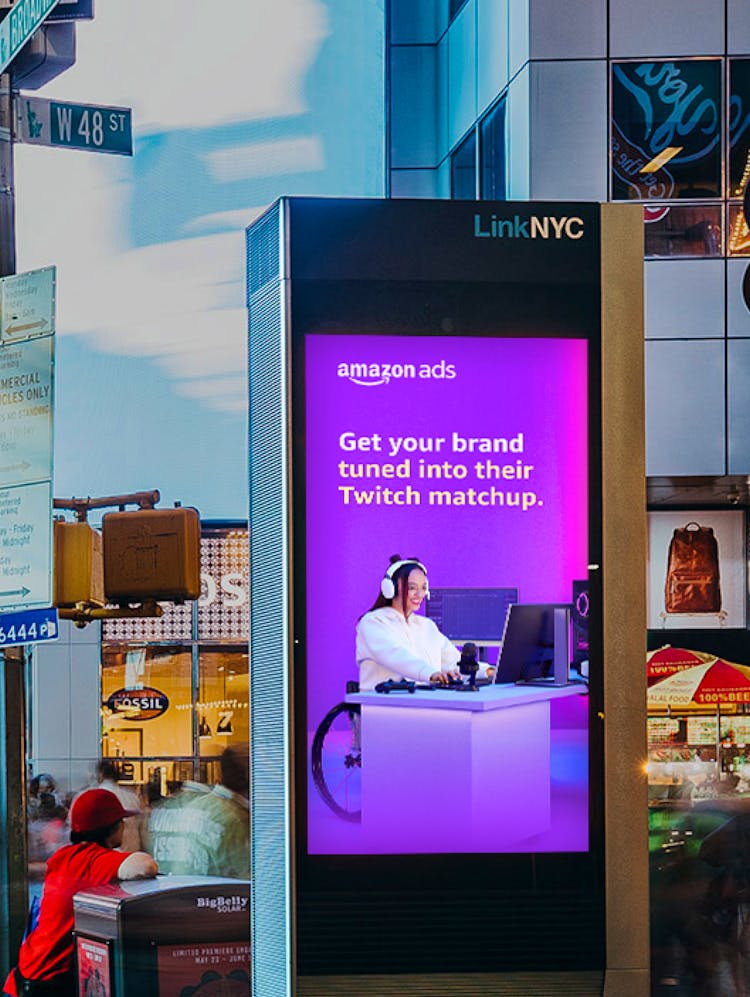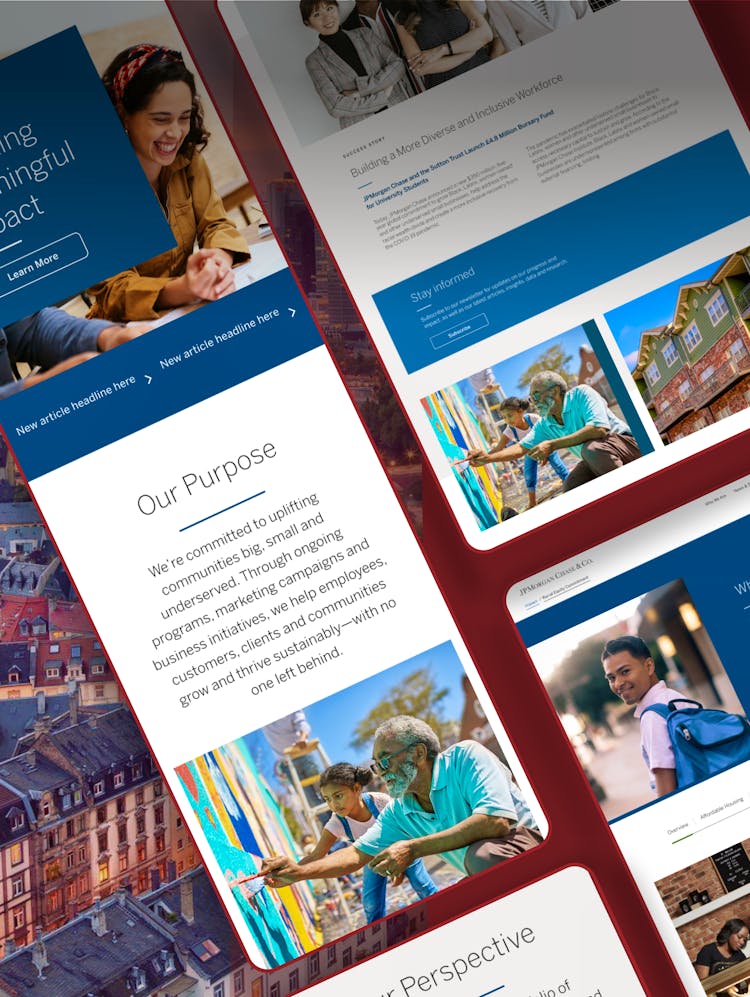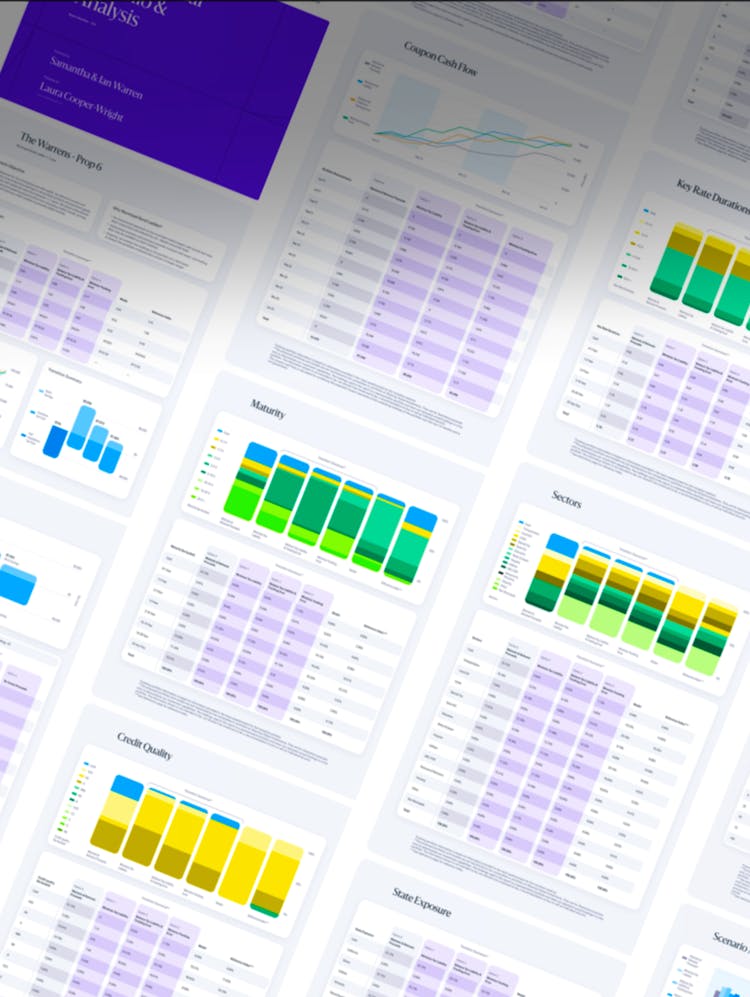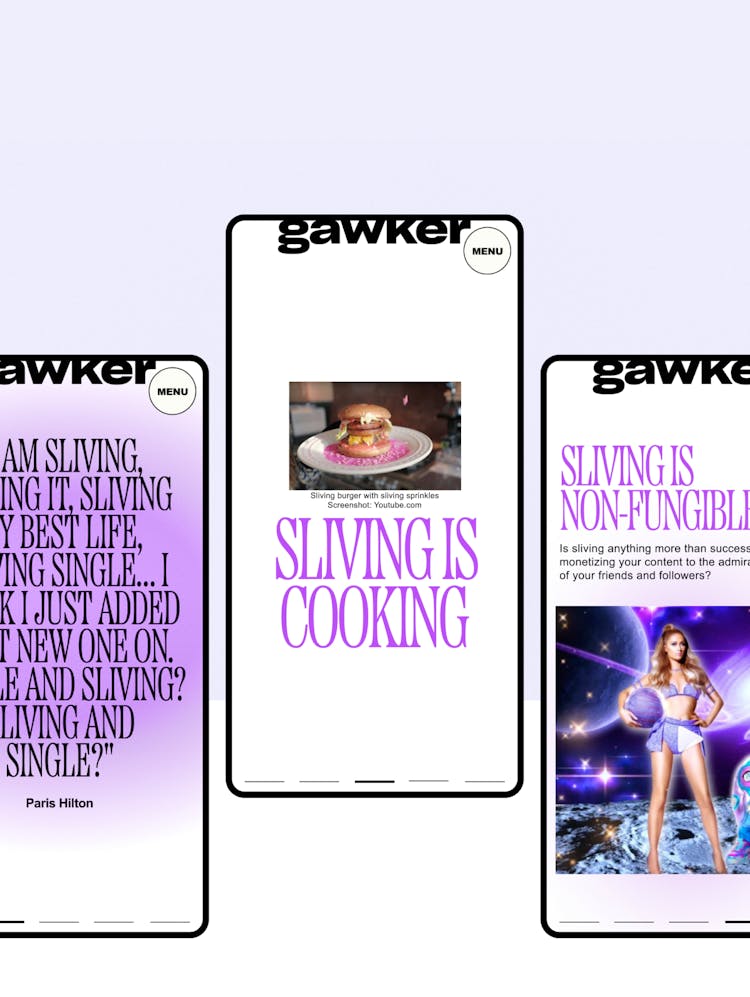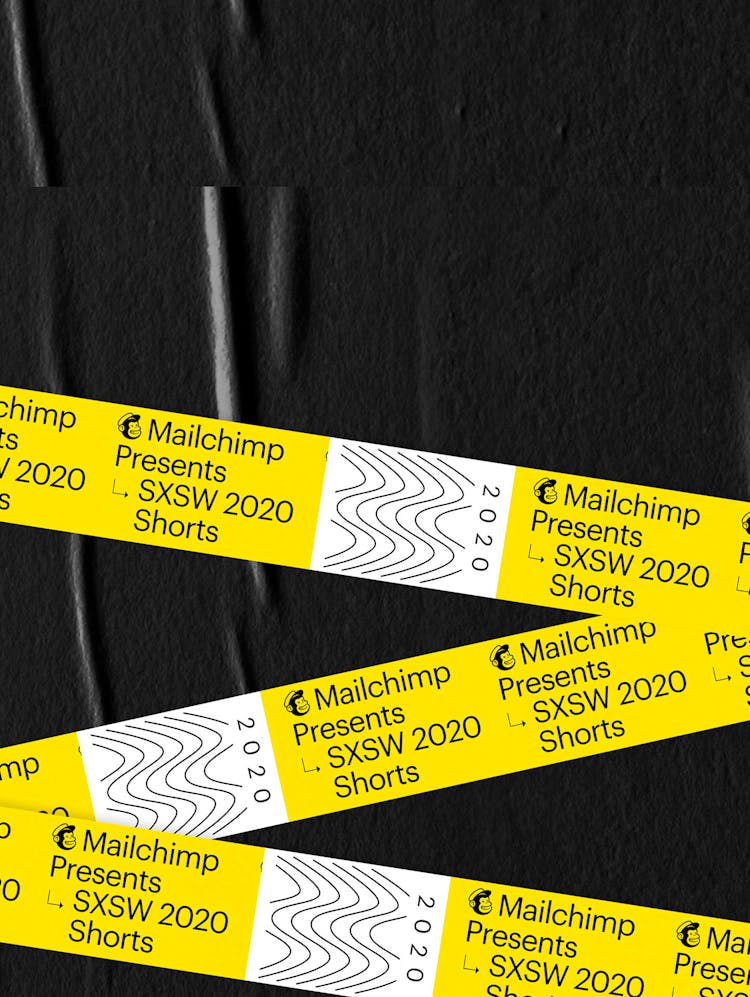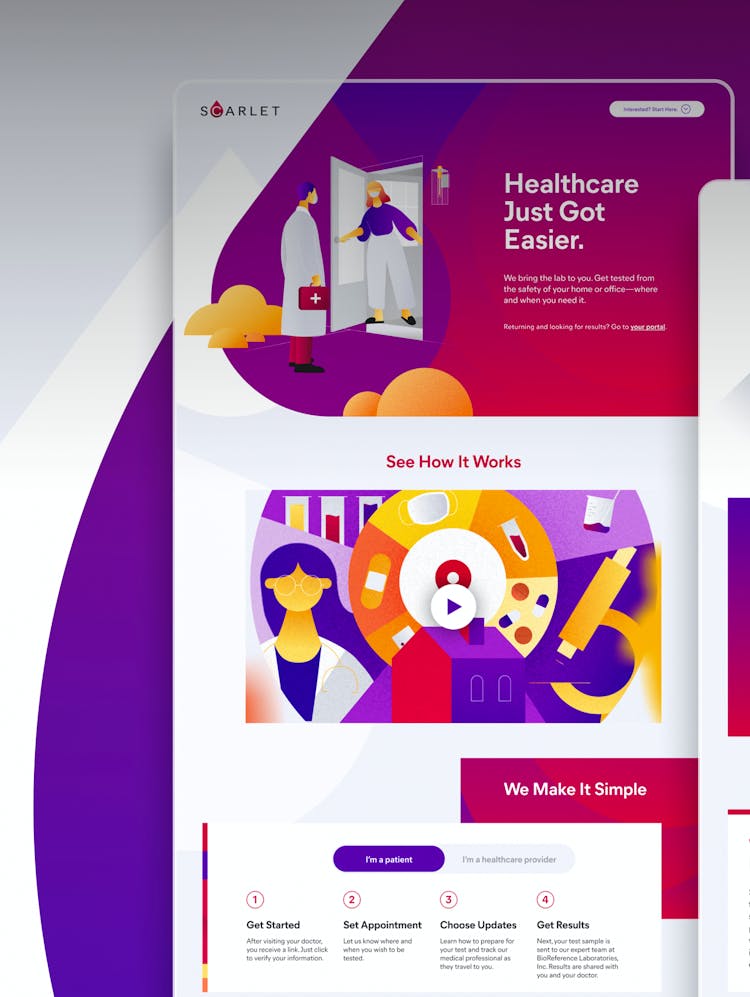
Visit California
For 10 years, visitcalifornia.com served as a tactical call to action for Visit California’s brand advertising activity. In early 2014, the organization came to Code and Theory to help them totally reimagine the Visit California experience and to better translate their story and message to the digital space.
The solution was to completely transform the website, and put high-quality editorial content front and center. The new visitcalifornia.com was imagined as an inspirational guide to entice the senses and better showcase the diversity of the state's beauty and wealth of activities.
It would quite literally be the perfect embodiment of Visit California’s “Dream Big” brand marketing platform.
1
Fostering Discovery
The new platform was designed to be a source of inspiration to potential visitors, and to ultimately drive travel to the Golden State.
The user experience on the site fosters discovery through its flexible structure and responsive design. For example:
Endless discovery. Long scrolling pages with cinematic blocks of photography and editorial allowed the Visit California team more flexibility and control to produce, package, and arrange every type of content.
A clear path to discover more. Recognizing how travel seekers search for information, the design treats article pages as entry points that are as valuable as the homepage. Visitors are presented with clear paths to discover more content, and there are no dead ends.
Completely responsive. Recognizing how travelers seek information across multiple devices, visitors to the site now enjoy the same high-quality browsing experience on their desktop at home as they get on a phone or tablet.
2
Contextualized Content

The new visitcalifornia.com focuses on the unique value a statewide tourism organization provides—providing context for what a visitor can experience throughout the state and creating excitement for a California vacation.
Inspired consumers are then directed to local DMO (Destination Marketing Organization) sites and best-in-class third-party sites to complete the planning and booking process.
The modular design system shifts the focus away from an overwhelming and exhaustive content approach towards a highly curated, "less is more" model. Content can exist in multiple places as single editorial units on any page, including:
Region pages
Region pages introduce the twelve key regions of California and showcase the diverse geography of each. Each region page serves up important information like the high & low temperatures of the current season and contextual content including key destinations, curated trips, events, and special features.
Destination Pages
A destination page offers a more granular view into a destination, like the attractions, activities, and weather. Each page element is socially shareable, and visitors are invited to browse through additional content like videos and photos, or click through to a partner site for more details.
Special Features
Special features are curated lists of attractions that bring California's color to life—like the state’s top five surf spots.
Events
Event pages allow Visit California’s website editors to feature both single and multi-day events in their region.
Trips
Trips are curated collections of destinations with a start and ending point. As the visitor scrolls the "TripTracker" interface, it highlights where they are within the trip sequence. Each stop contains supplemental information like planning links, distance to the next stop and local tourist attractions.
3
Foundation for Growth
Visitcalifornia.com is truly a new foundation for growth.
Designed with its visitors’ and travel partners’ needs at the very forefront, the site is a nimble tool that can scale and flex according to business needs.
Built on the Drupal CMS platform, the site provides an extendable information architecture and administrative interface that supports the editorial needs of Visit California. Editors from different regions can translate existing content into their own language, modify its structural make-up based on local requirements, and embed social media content for reference.
The U.S. version of the site launched in January 2015, followed by the rollout of twelve global sites through that year.
In May 2015, the new visitcalifornia.com won a Webby for “Best Association Website” in the 19th Annual Webby Awards.




















